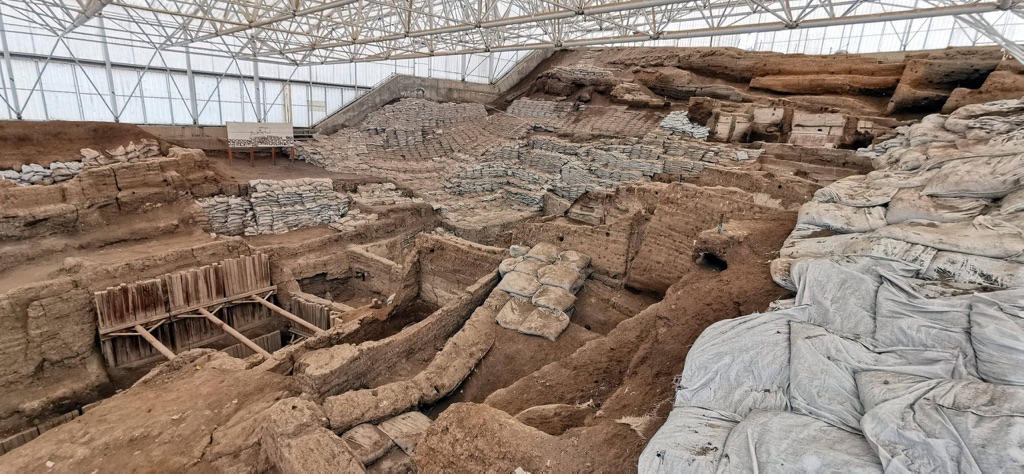Çatalhüyük is a significant archaeological site located in southern Anatolia, Turkey. It is one of the oldest and most well-preserved Neolithic and Chalcolithic proto-city settlements, dating back to around 7500 BC. The site offers valuable insights into early human societies, their way of life, and their transition from hunter-gatherer lifestyles to settled farming communities. The excavation of Çatalhüyük has revealed a wealth of artifacts, wall paintings, and architectural structures that provide a unique window into the past.
Get your dose of History via Email
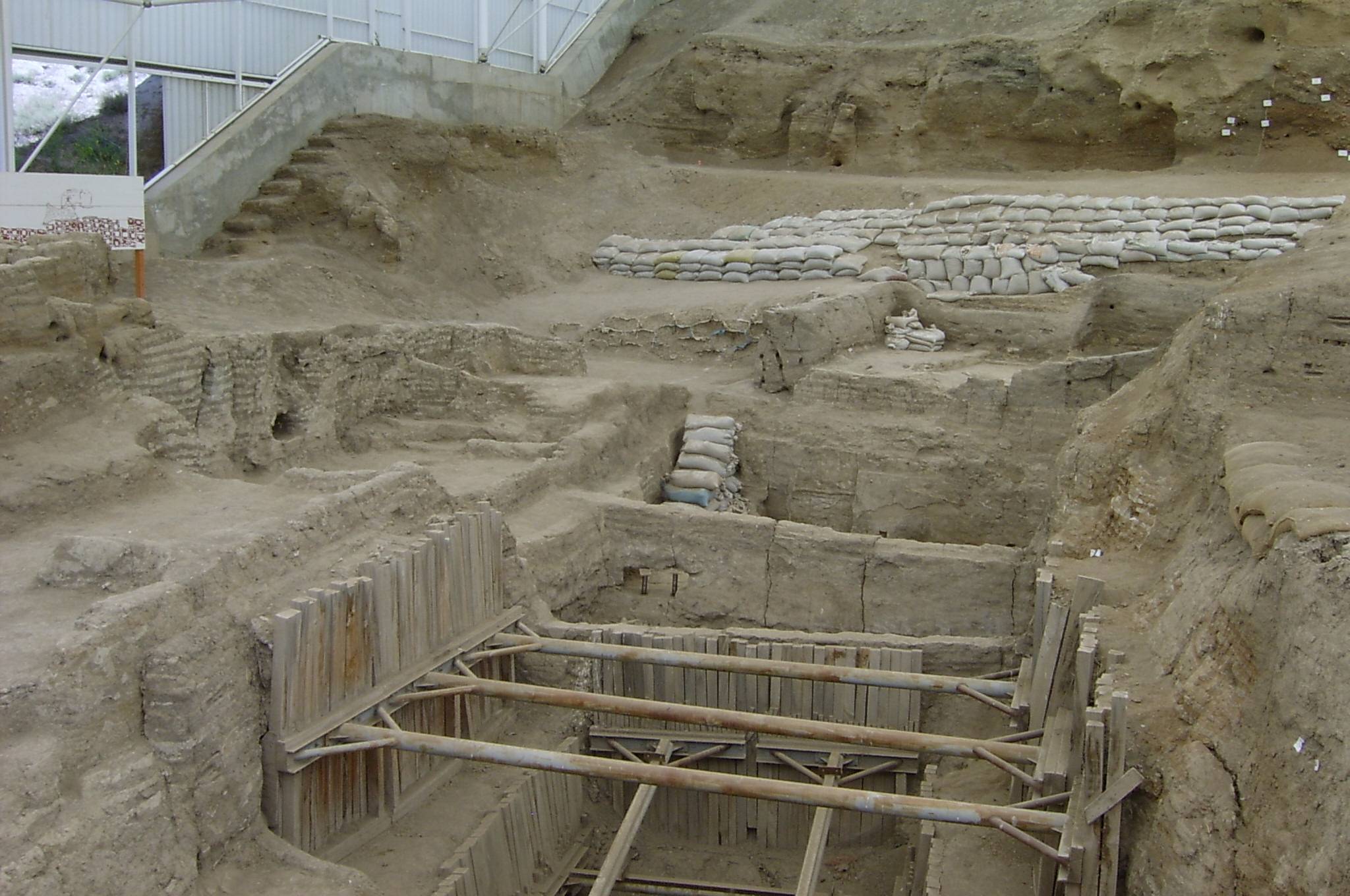
What insights does the archaeological site of Çatalhüyük provide into early human societies and their way of life?
The archaeological site of Çatalhüyük offers a fascinating glimpse into the lives of early human societies. The settlement was densely populated, with houses built side by side, suggesting a highly communal way of life. There is evidence of shared resources and communal activities, such as food preparation and craft production.
Interestingly, Çatalhüyük lacks public buildings or clear signs of social hierarchy, suggesting an egalitarian society. The inhabitants seemed to have shared the same living standards, with no significant differences in the size or quality of the houses. This challenges traditional views of early societies as being strictly hierarchical.
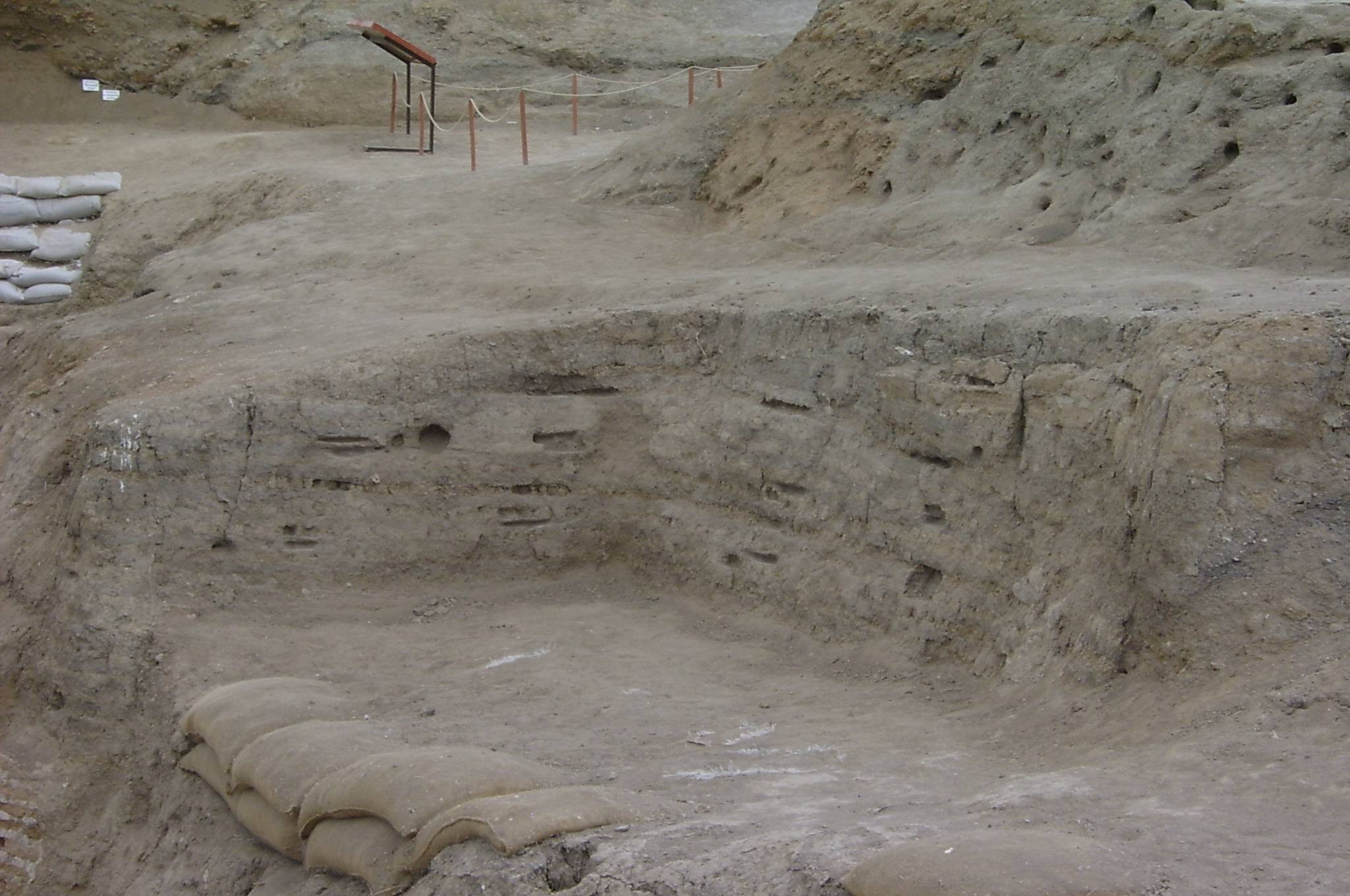
Çatalhüyük also provides insights into early religious beliefs and practices. Many houses contain shrines or platforms that were likely used for religious rituals. Numerous figurines, often interpreted as deities, have been found throughout the site, indicating a rich spiritual life.
The inhabitants of Çatalhüyük relied on agriculture for their subsistence, cultivating crops like wheat and barley and domesticating animals such as sheep and goats. This reflects the broader shift from hunting and gathering to farming that was occurring in the Neolithic period.
Finally, the burial practices at Çatalhüyük are particularly intriguing. Many of the dead were buried beneath the floors of houses, often in a fetal position, suggesting a strong connection between the living and the dead.
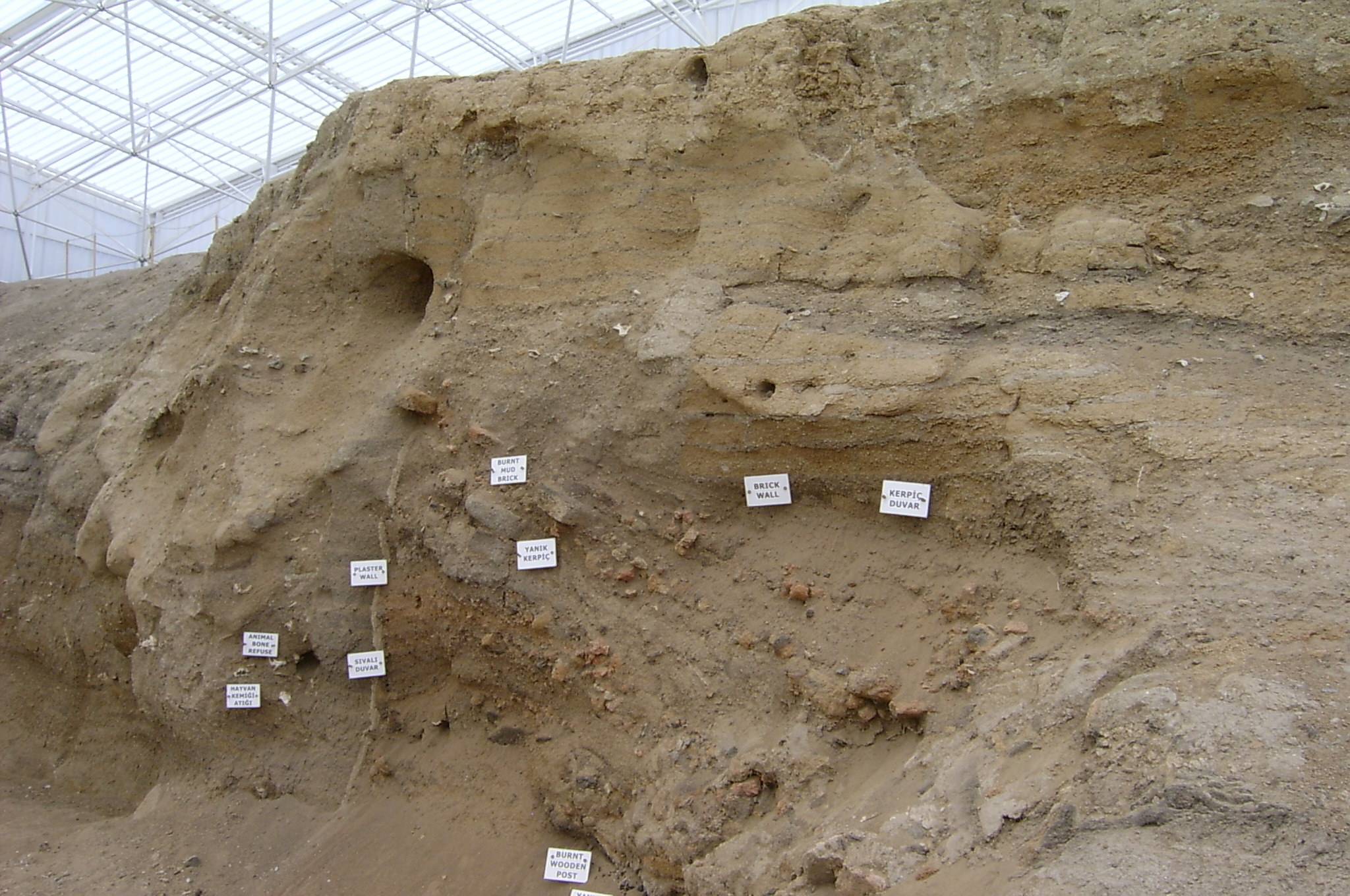
What types of artifacts have been discovered at Catalhuyuk and what do they tell us about the Neolithic and Chalcolithic periods?
A wide range of artifacts have been discovered at Catalhuyuk, offering valuable insights into the Neolithic and Chalcolithic periods. These include stone tools, pottery, figurines, beads, and seals, as well as a wealth of organic materials like textiles, baskets, and wooden objects.
The stone tools, which include obsidian blades and flint scrapers, reflect the inhabitants’ skill in tool-making and their engagement in various activities such as hunting, butchering, and crafting. The pottery, which is often decorated with intricate designs, demonstrates a high level of artistic skill and may have been used for both practical and ceremonial purposes.
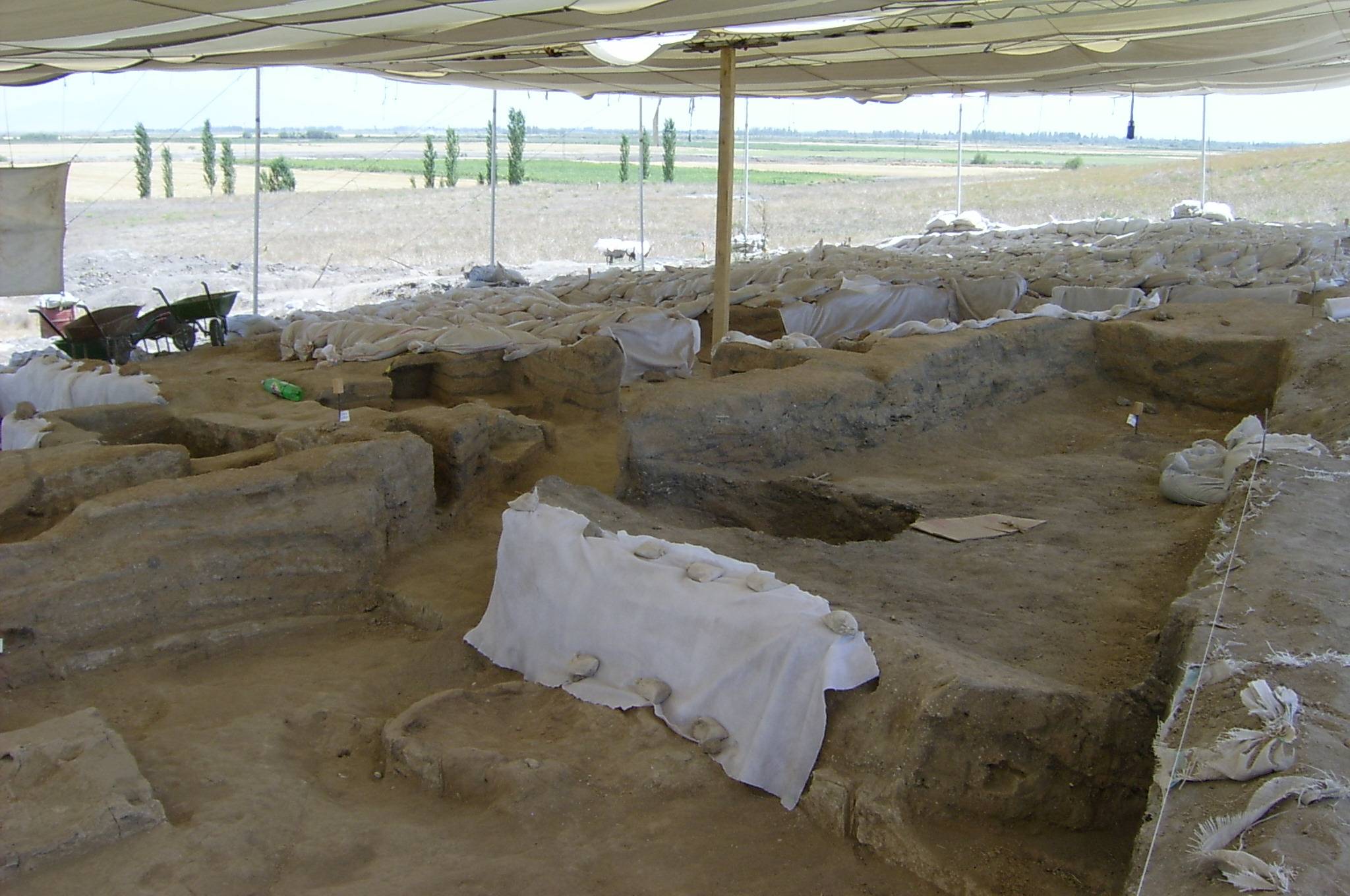
The figurines, often made of clay or stone, are particularly interesting. Many of them depict animals or humans, and some appear to represent deities or supernatural beings. These figurines provide valuable insights into the religious beliefs and practices of the inhabitants.
The beads and seals, often made of bone, shell, or stone, suggest that the inhabitants of Çatalhüyük engaged in long-distance trade. They also indicate a sophisticated understanding of craftsmanship and aesthetics.
Finally, the organic materials, which include textiles, baskets, and wooden objects, offer a rare glimpse into the everyday life of the inhabitants. They reveal the inhabitants’ skill in weaving and basketry and their use of a wide range of materials, from plant fibers to animal hides.
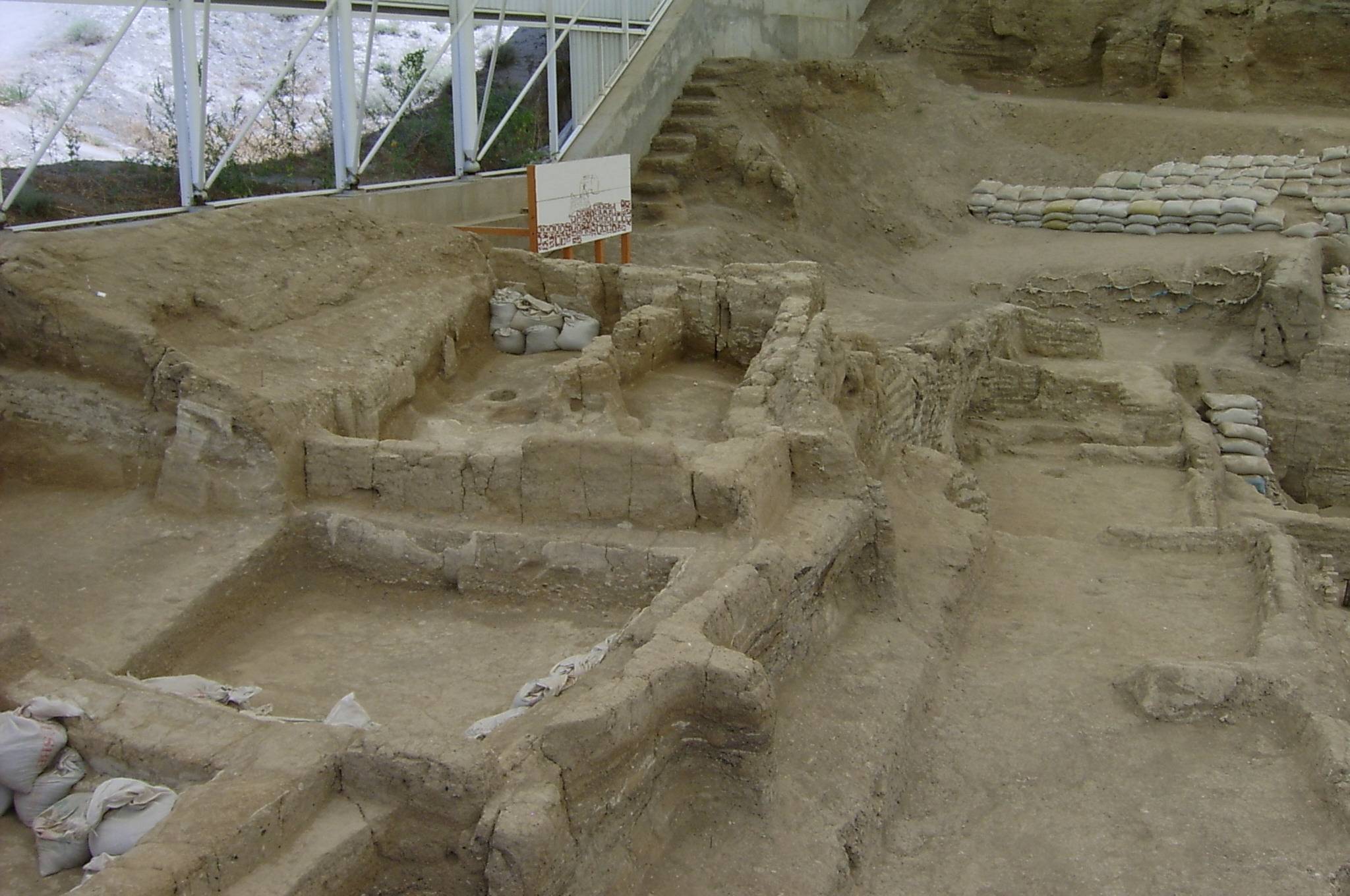
What is the significance of the wall paintings and murals found at Çatalhüyük?
The wall paintings and murals found at Çatalhüyük are among the earliest known examples of human art. They provide a unique window into the minds and lives of the inhabitants.
Many of the paintings depict animals, particularly bulls, which may have held a sacred or symbolic significance for the inhabitants. Some murals show hunting scenes, suggesting that hunting was an important part of life at Çatalhüyük, despite the inhabitants’ reliance on agriculture.
Other paintings depict geometric patterns or abstract designs, which may have held a symbolic or ritual significance. Some scholars believe that these paintings may represent a form of early writing or symbolism.
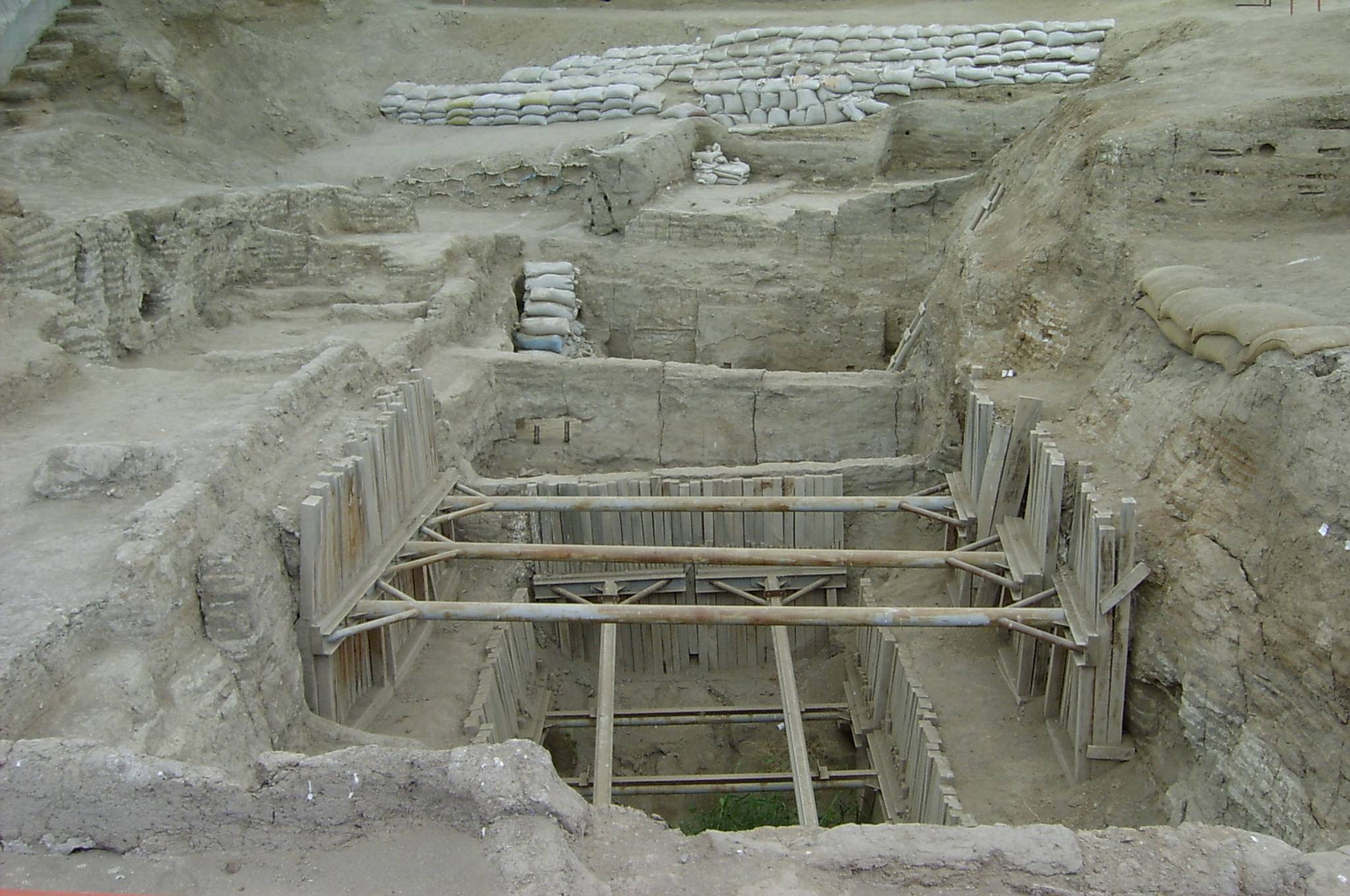
Interestingly, many of the paintings were plastered over and repainted multiple times, suggesting that they were not simply decorative but played an active role in the life of the community. They may have been used in rituals or ceremonies, or as a way of recording and transmitting cultural knowledge.
Finally, the paintings provide valuable insights into the artistic techniques and aesthetic sensibilities of the inhabitants. They demonstrate a high level of skill and creativity, and a keen eye for detail and composition.
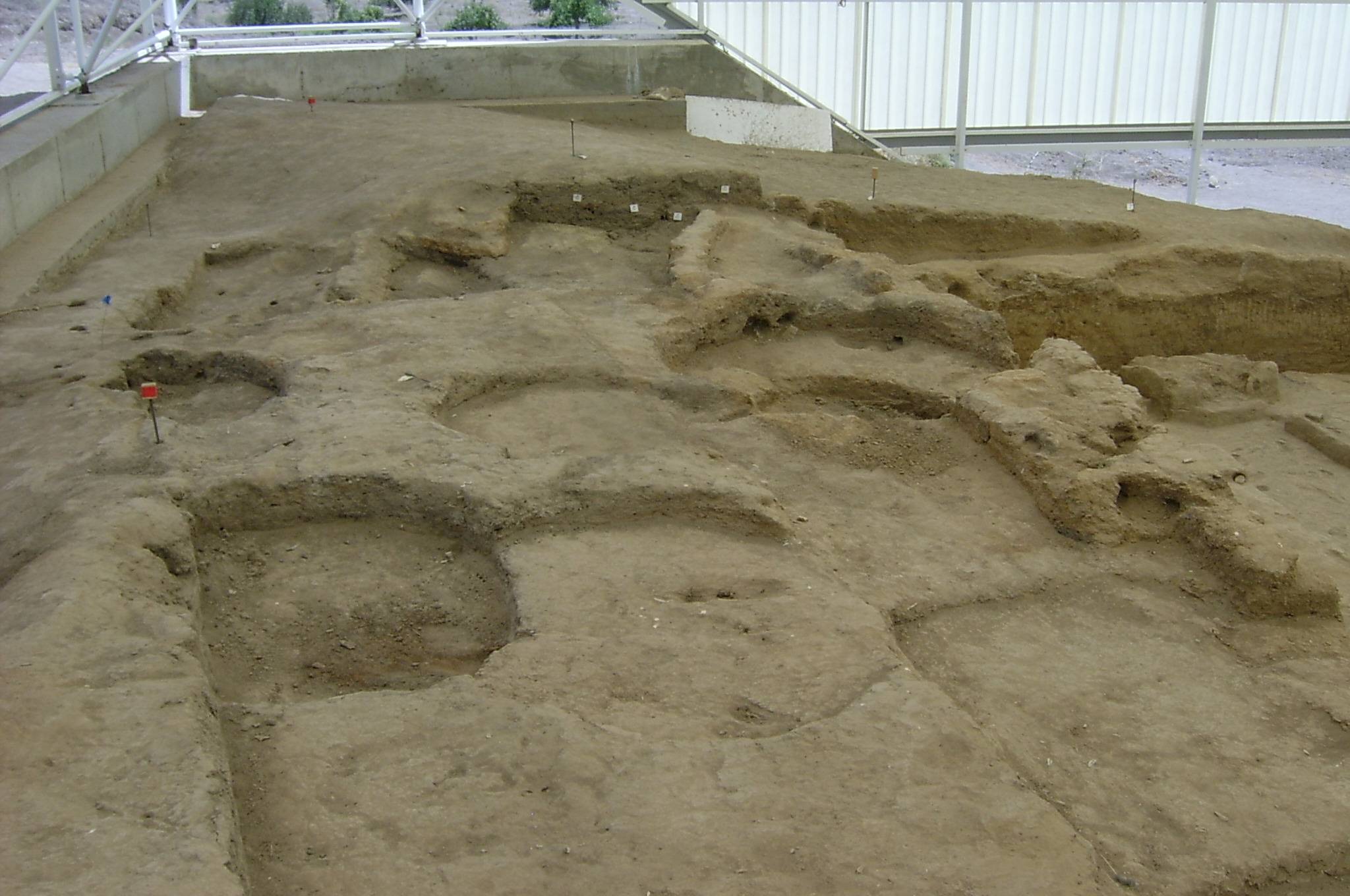
How were the houses and buildings at Çatalhüyük constructed and what does their layout tell us about the society’s structure and norms?
The houses at Çatalhüyük were built from mud-brick and timber, materials that were readily available in the local environment. They were typically rectangular in shape, with a flat roof that was accessed by a ladder from the street level. Inside, the houses were divided into several rooms, including a main living area, a kitchen, and a storage area.
The layout of the houses provides valuable insights into the society’s structure and norms. The fact that the houses were built side by side, with shared walls, suggests a highly communal way of life. The lack of public buildings or clear signs of social hierarchy indicates an egalitarian society, where all members had equal access to resources and opportunities.
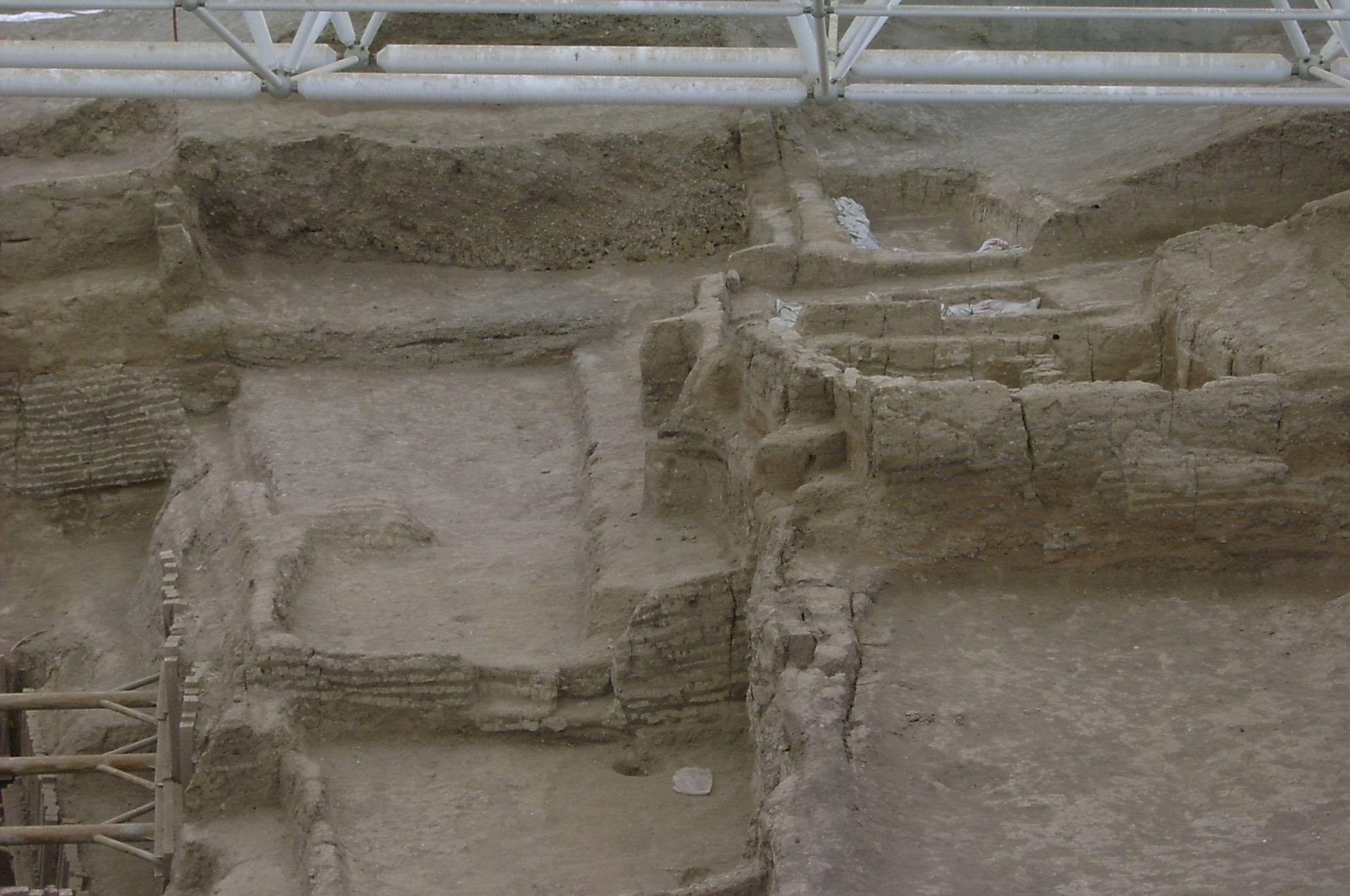
The houses also reveal the inhabitants’ beliefs and practices. Many houses contain platforms or shrines that were likely used for religious rituals. The presence of burial sites beneath the floors suggests a strong connection between the living and the dead.
Interestingly, the houses at Çatalhüyük were regularly demolished and rebuilt on the same spot. This suggests a cyclical view of time and a strong attachment to place, with each generation building on the foundations of the past.
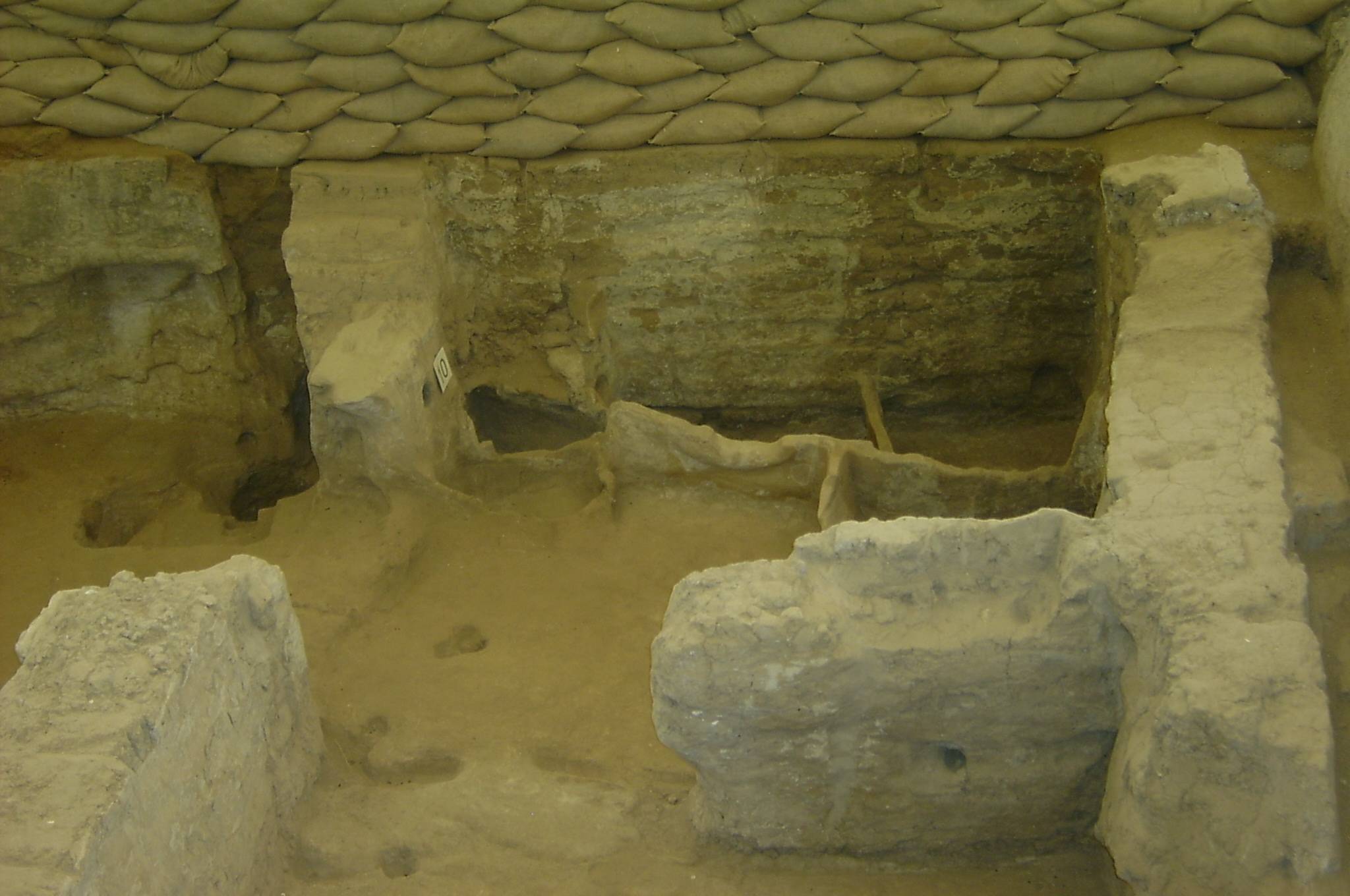
What methods are being used to preserve the archaeological site of Çatalhüyük for future study and visitation?
Preserving the archaeological site of Çatalhüyük for future study and visitation is a complex task that requires a range of methods. These include physical conservation, documentation, and public engagement.
Physical conservation involves stabilizing the structures and artifacts to prevent further deterioration. This can involve techniques such as reburial, where excavated areas are covered with soil to protect them from the elements, or consolidation, where fragile materials are strengthened with a suitable adhesive.
Documentation is a crucial part of preservation. This involves recording the location and condition of structures and artifacts, as well as any changes over time. This information is often digitized and made available online, allowing researchers around the world to access and study the site.
Public engagement is also an important aspect of preservation. This involves educating the public about the importance of the site and promoting responsible visitation. This can involve guided tours, interpretive signage, and educational programs.
Finally, preservation often involves collaboration with local communities. This can involve training and employing local people in conservation work, or involving them in decision-making processes. This not only helps to preserve the site, but also ensures that the benefits of tourism and research are shared with the local community.
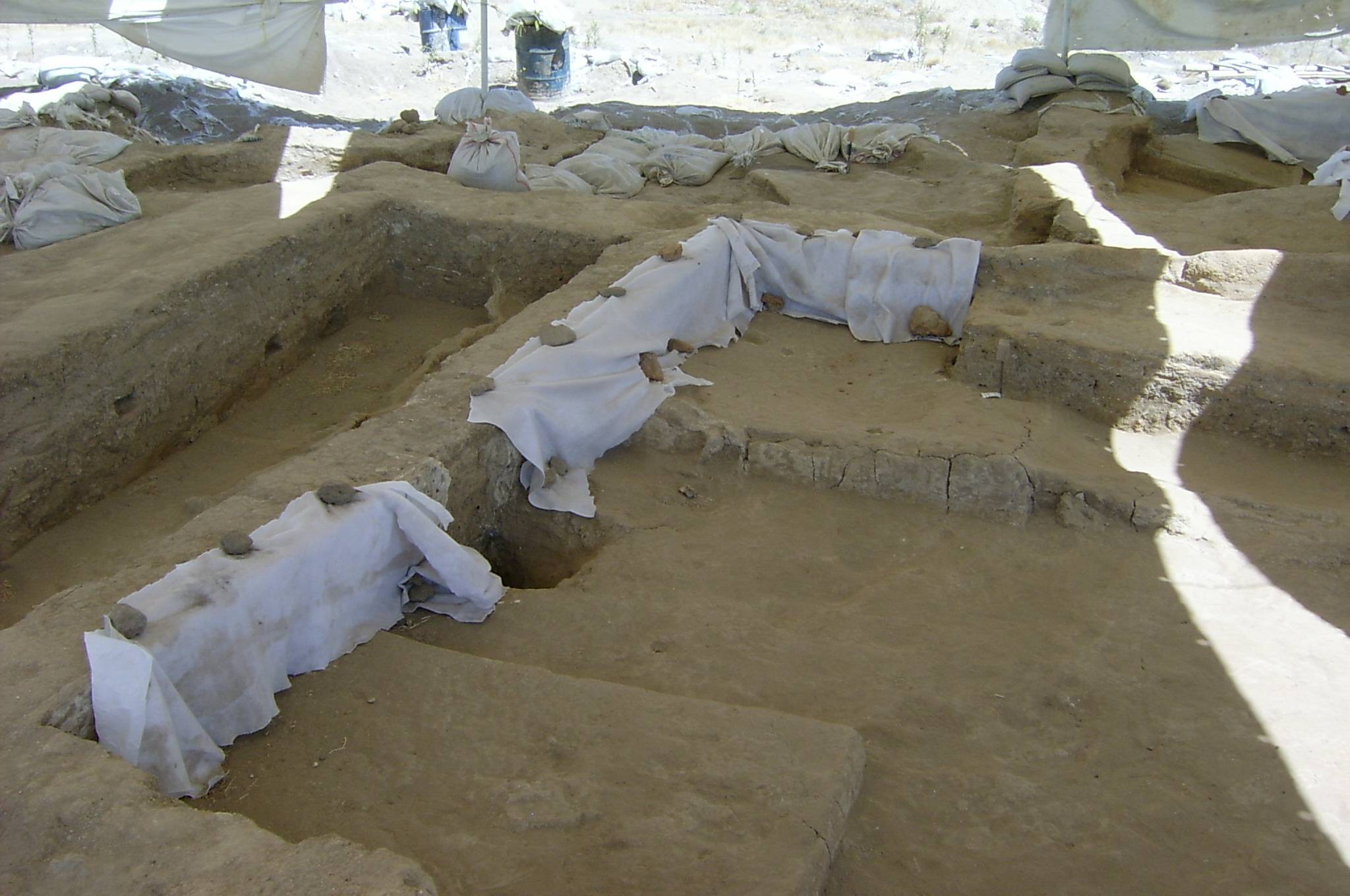
Conclusion and Sources
In conclusion, Çatalhüyük is a fascinating archaeological site that offers valuable insights into early human societies and their way of life. From its dense layout of houses to its wealth of artifacts and wall paintings, the site provides a unique window into the Neolithic and Chalcolithic periods. Through careful preservation and study, Catalhuyuk continues to reveal new insights into our shared human past.

For further reading and to verify the information provided, the following sources are recommended:

